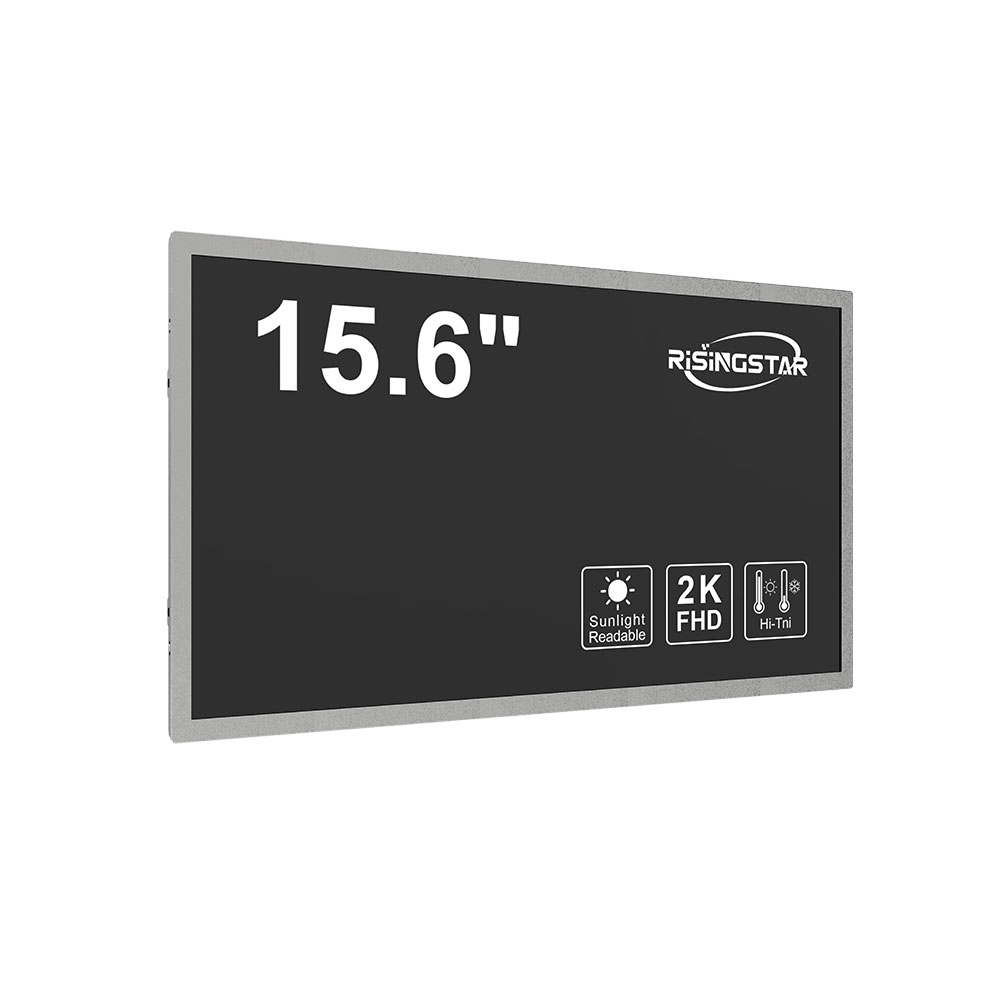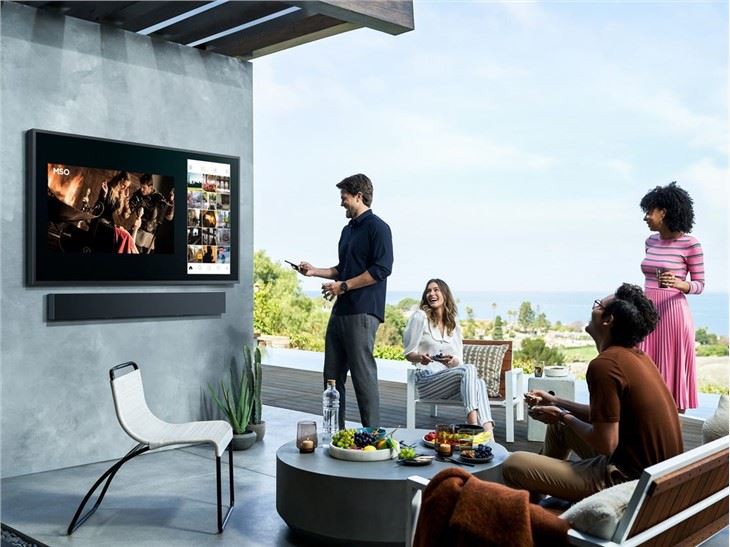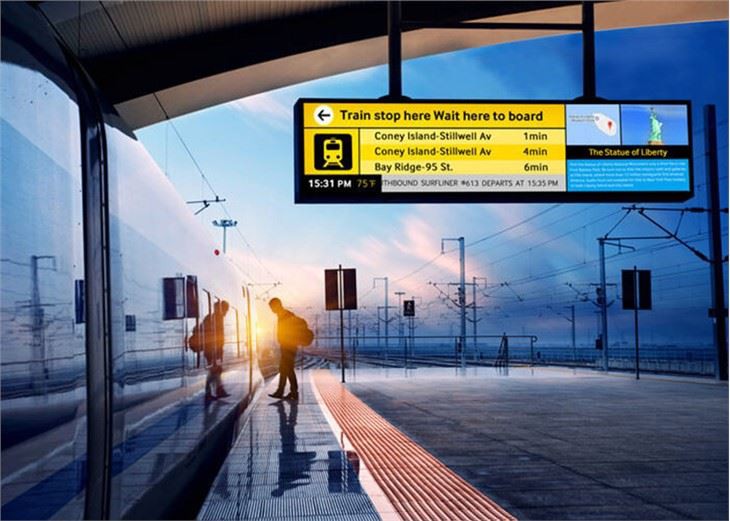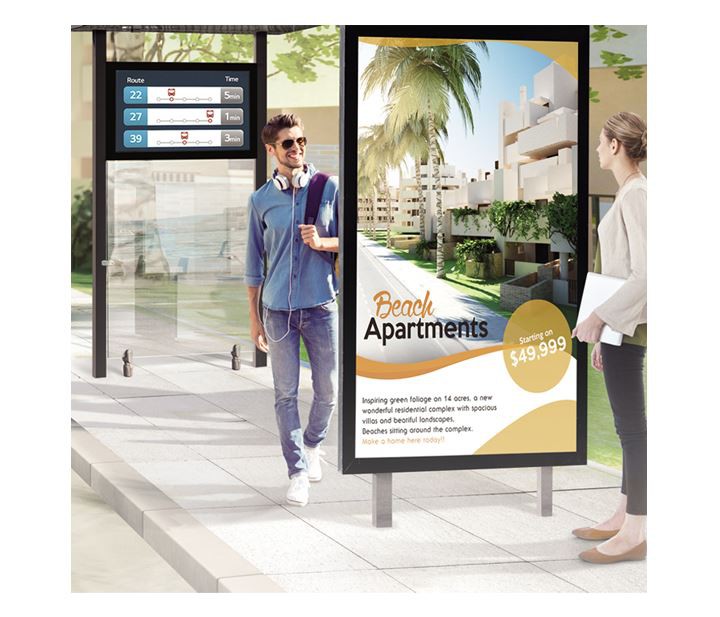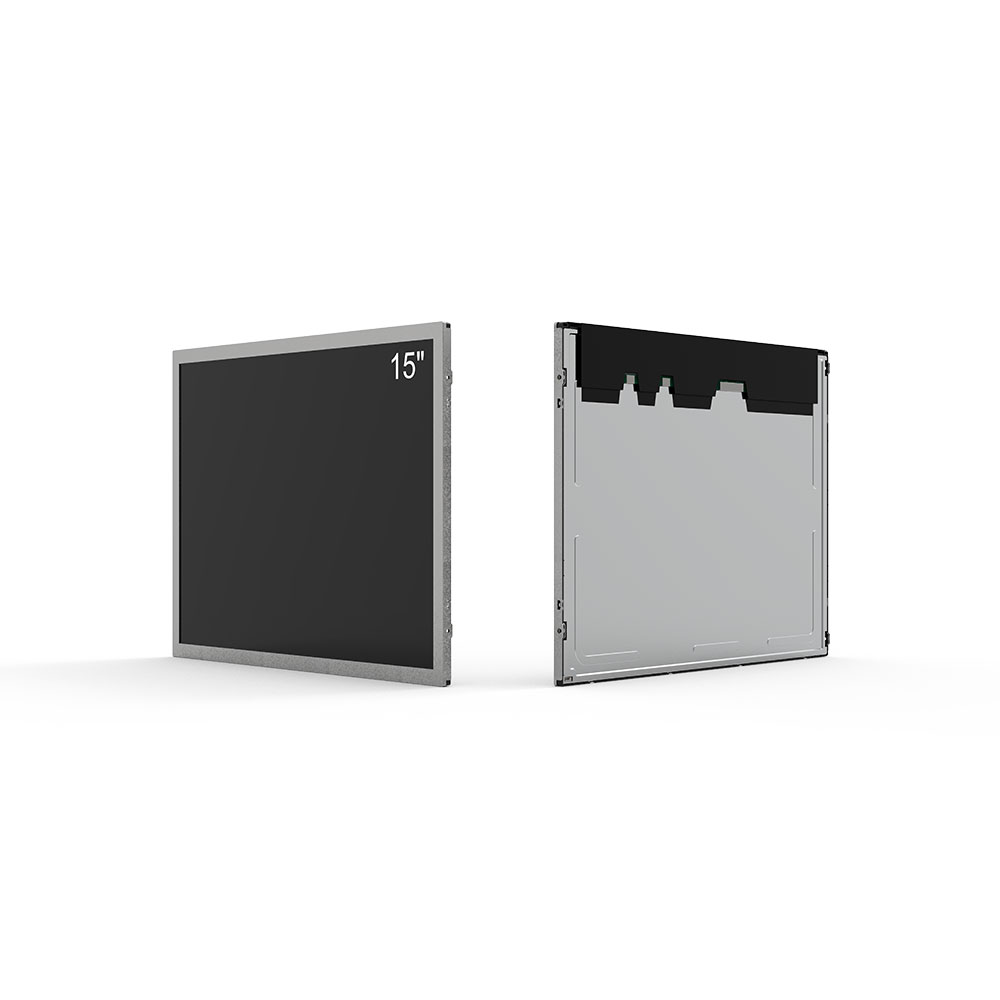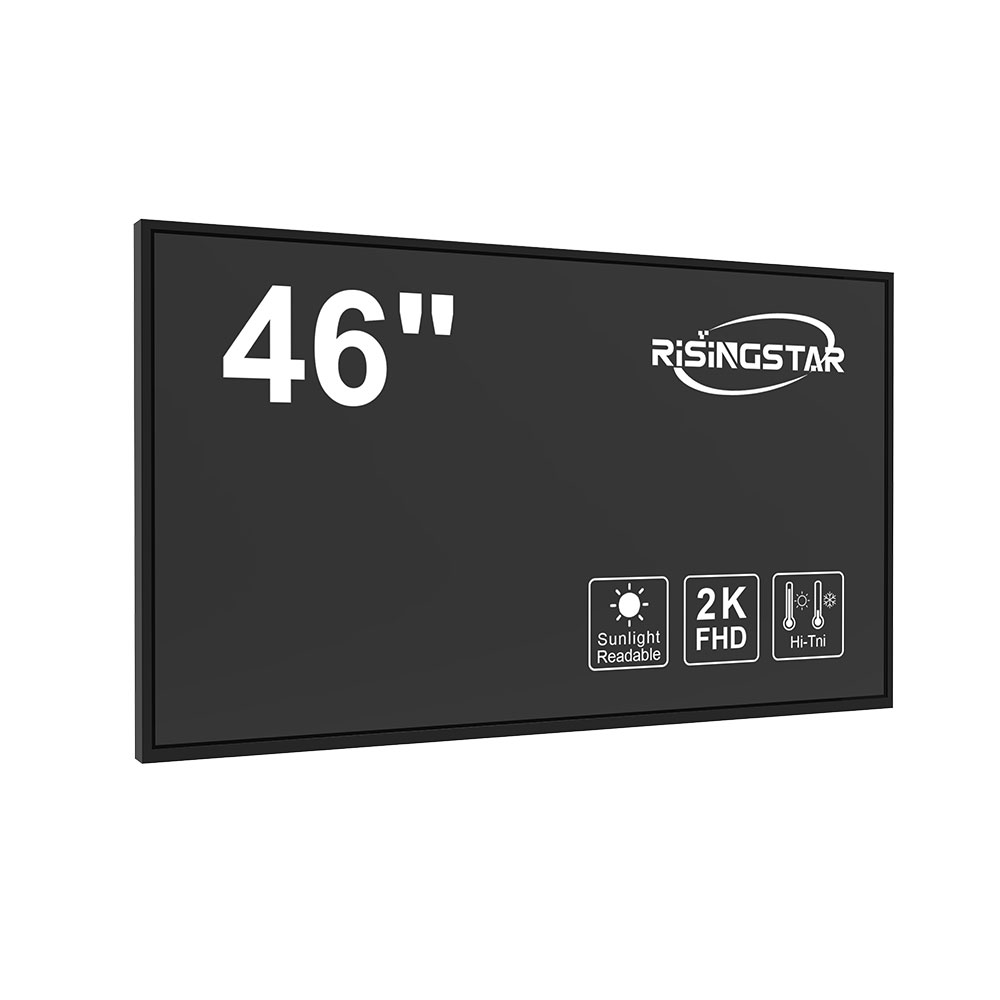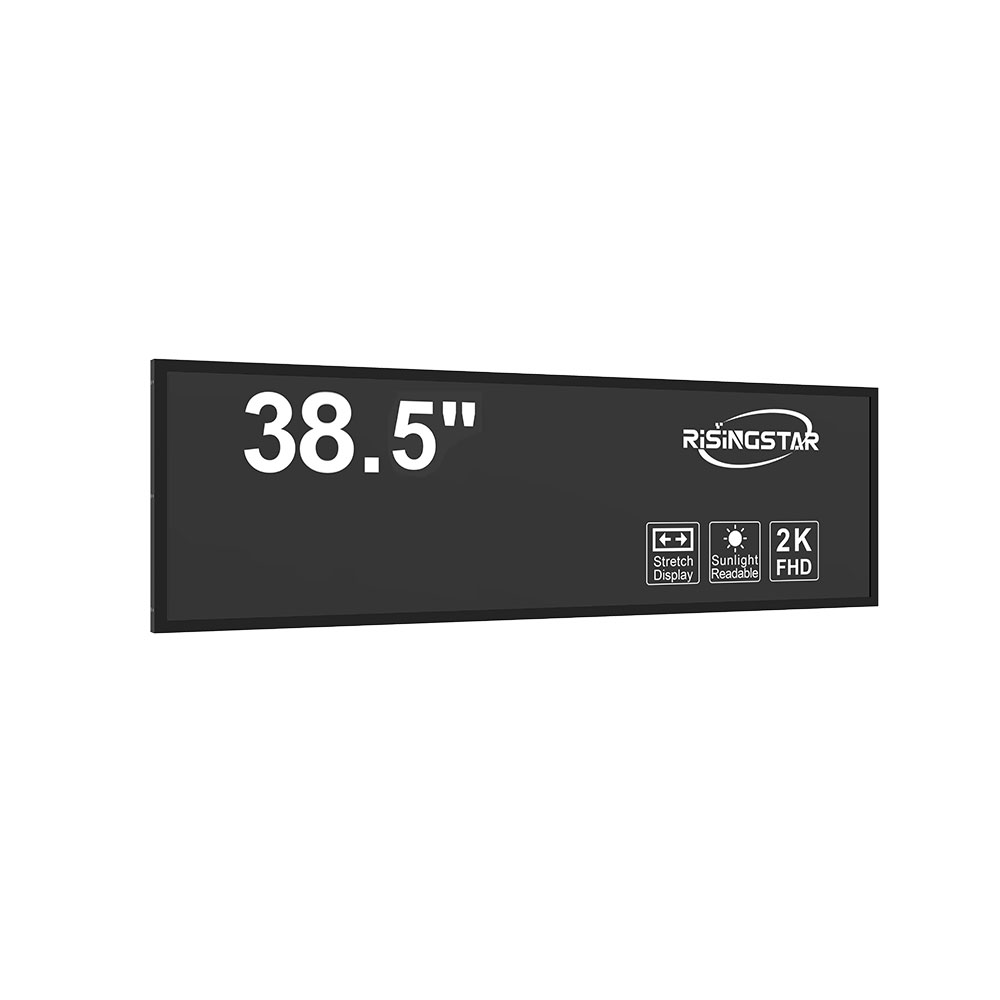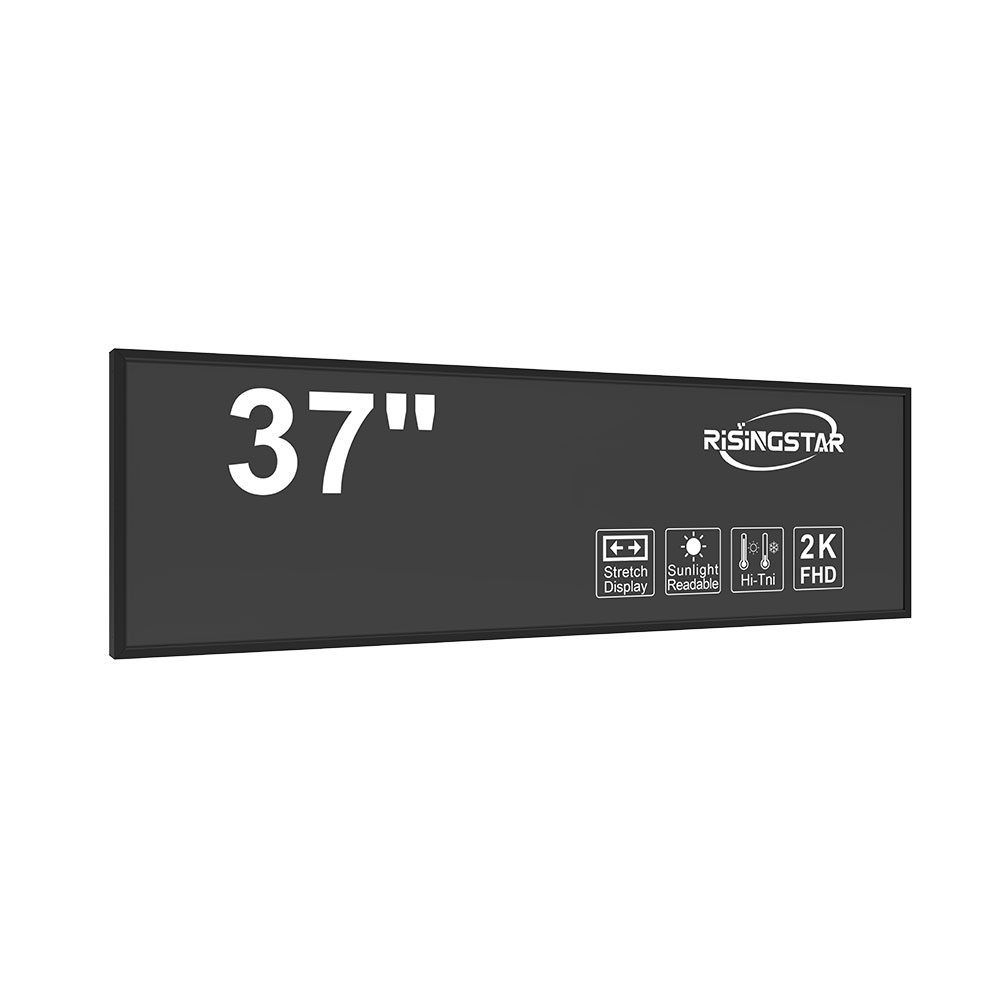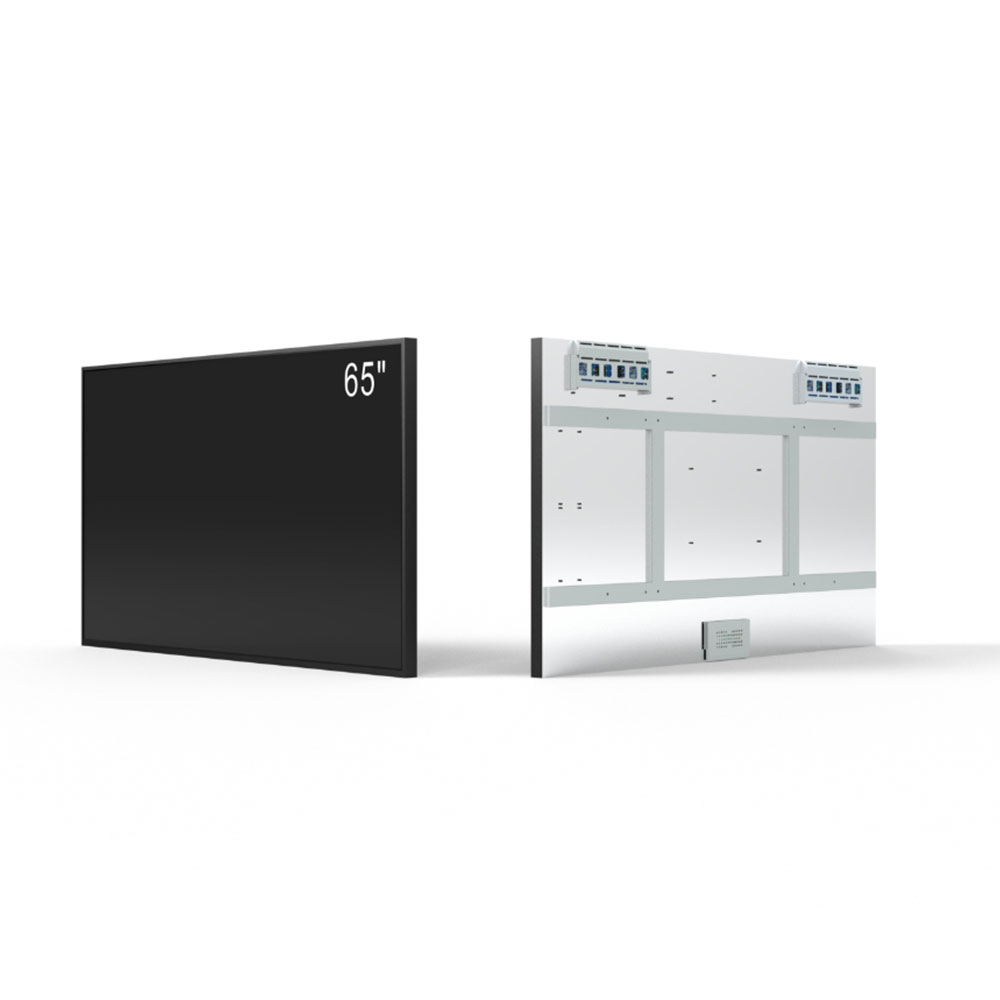V rychle se rozvíjející se krajině inteligentní dopravy se zobrazování informací o cestujících (pids) stalo kritickou složkou moderní tranzitní infrastruktury. Tyto systémy-zejména ty, které využívají externí lcd technologii s vysokým jasem-přeměňují, jak cestující přijímají aktualizace v reálném čase o rozvrzích, zpoždění, změnách trasy a upozornění na služby. Podle zprávy společnosti grand view research z roku 2023 předpokládá se, že trh globálního inteligentního dopravního systému (its) do roku 2030 překročí 45 miliard dolarů, s informační systémy pro cestující tvoří více než 18% tohoto růstu. Rostoucí poptávka po spolehlivých, viditelných a interaktivních komunikačních řešeních v prostředích veřejné dopravy podnítila inovace v zobrazovacích technologiích.
Externí lcd obrazovky s vysokým jasem jsou navrženy tak, aby účinně fungovaly za extrémních podmínek životního prostředí, jako jsou přímé sluneční světlo, kolísání teploty od-30 ° c do 60 ° c a expozice vlhkosti nebo prachu. Průmyslové normy jako ip65 a ik10 definují jejich odolnost: zatímco ip65 zajišťuje úplnou ochranu před vniknutím prachu a vodními trysky, ik10 znamená nejvyšší úroveň mechanické odolnosti proti nárazu-schopné odolávat dopadům až do 20 joulů. To je ideální pro instalace na autobusových zastávkách, vlakových stanicích, letištích a nástupištích metra, kde je prvořadá odolnost proti vandálům a trvanlivost.
Klíčovým příkladem aplikace je londýnská doprava pro londýn (tfl), která ve své síti nasadila více než 1200 externích lcd pid jednotek. Každá jednotka pracuje na 5 000 nitech jasu, což zajišťuje viditelnost i během denních špičkových hodin světla. Výsledek? Podle průzkumu z roku 2022 provedeného britským ministerstvem pro dopravu se zhodnotitelně zlepšilo o 27% skóre spokojenosti cestujících. Stejně tak singapurský úřad pro pozemní dopravu (lta) provedl celostátní rozvržení pid s použitím IK10-rated panelů, přičemž hlásil méně incidentů v údržbě a zvýšenou spolehlivost vzhledem k robustnímu návrhu bytu a protioslňovacím nátěru.
Z technického hlediska tyto displeje integrují panely s podsvícením led, pokročilé systémy řízení tepla a algoritmy adaptivní kontroly jasu. Často se připojují prostřednictvím sítí ethernet nebo 4g/5g k centralizovanému digitálnímu signalizačnímu softwaru, který umožňuje vzdálené aktualizace obsahu a sledování analýzy. Kromě toho mnoho systémů nyní podporuje interakci s dotykovou obrazovkou, což cestujícím umožňuje přístup k lokalizovaným informacím-jako jsou postupné instrukce nebo vícejazyčné oznámení-bez toho, aby vyžadovali pomoc zaměstnanců.
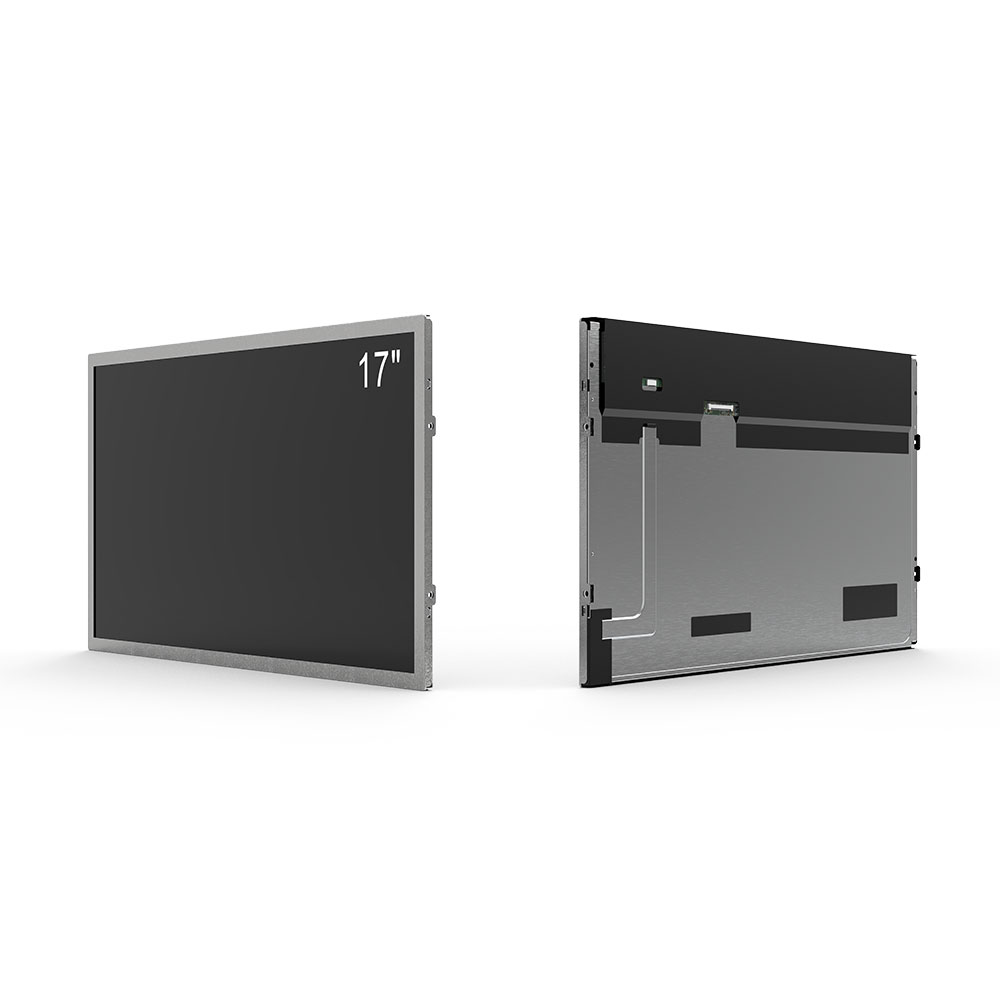
Kromě toho je i nadále prioritou energetická účinnost. Moderní outdoor pids používají dc-powered led moduly a úsporné režimy, které snižují spotřebu až o 40% v porovnání s legacy crt-based systémy. To je v souladu s celosvětovými cíli udržitelnosti, jako je cíl osn pro udržitelný rozvoj 11 (udržitelná města a komunity).
Pro města, které investují do mobility připravené pro budoucnost a zavádějí IK10-rated, je lcd s vysokým jasem nejen o viditelnosti-jde o budování důvěry, zvyšování bezpečnosti a vytváření bezproblémových uživatelských zkušeností. Jak rostou městské populace a zvyšují se využívání veřejné dopravy, úloha inteligentních, odolných informačních systémů pro cestující se jen zesílí. Výrobci výrobců, jako je lg, samsung a nec, nadále vedou v oblasti výzkumu a vývoje a zavádějí optimalizaci dynamického obsahu řízeného pro ai a modulární návrhy, které zjednodušují integraci do stávajících tranzitních ekosystémů.
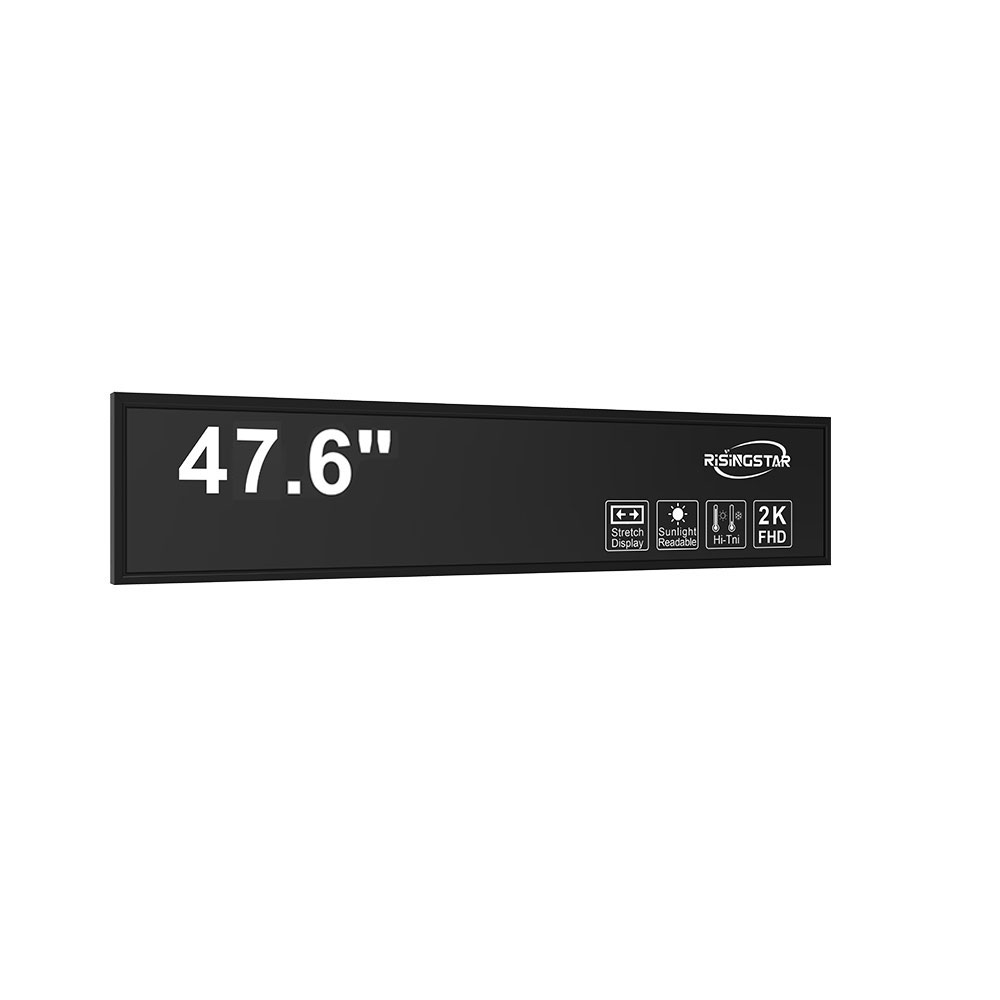
Konvergence hardwaru průmyslové kvality, schopností výpočtů hranic a inteligentní data analytics umístí externí lcds jako páteř řešení pro informaci cestujících z nové generace po celém světě.---------------------------------------------------------------------------------
